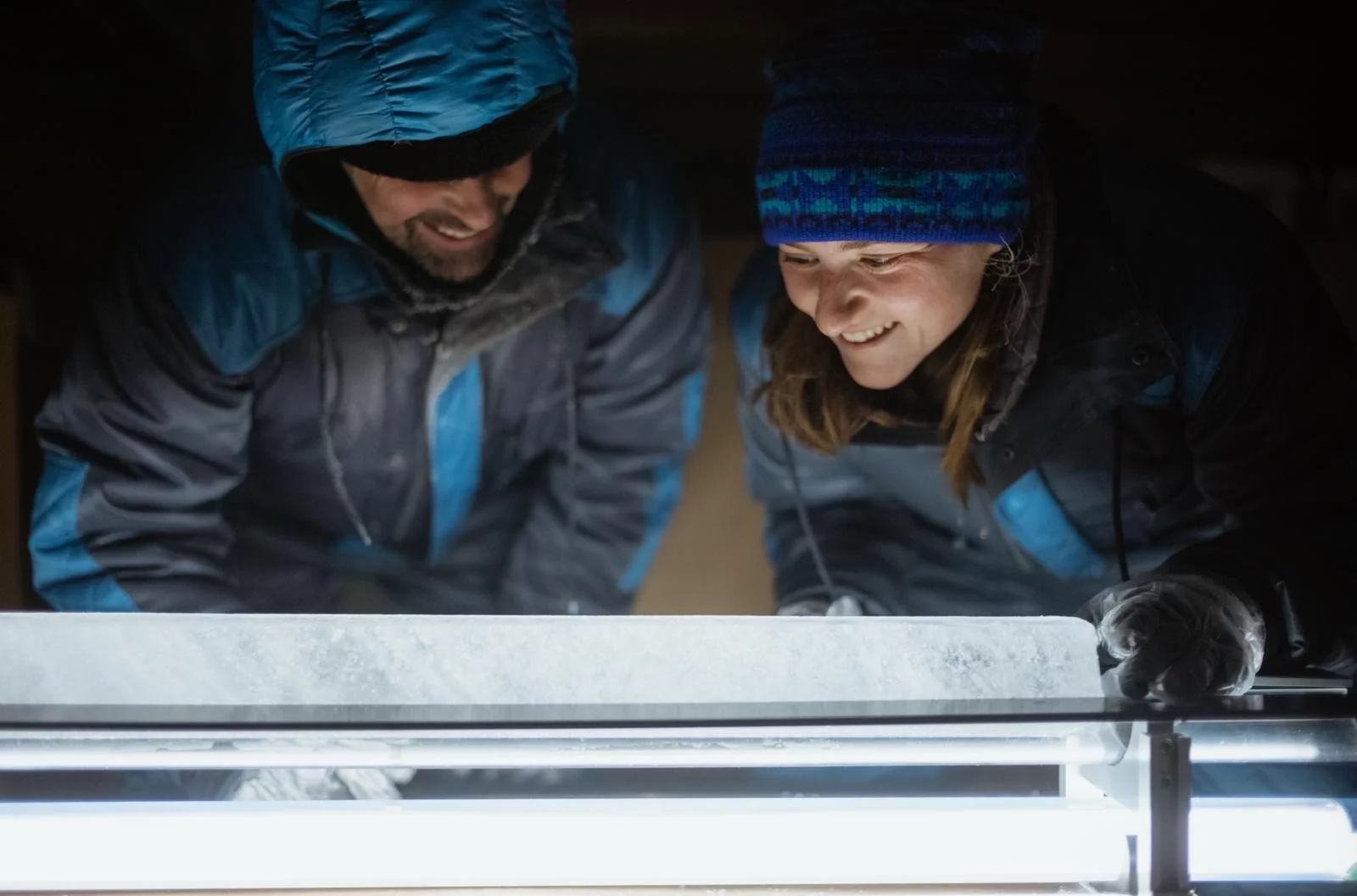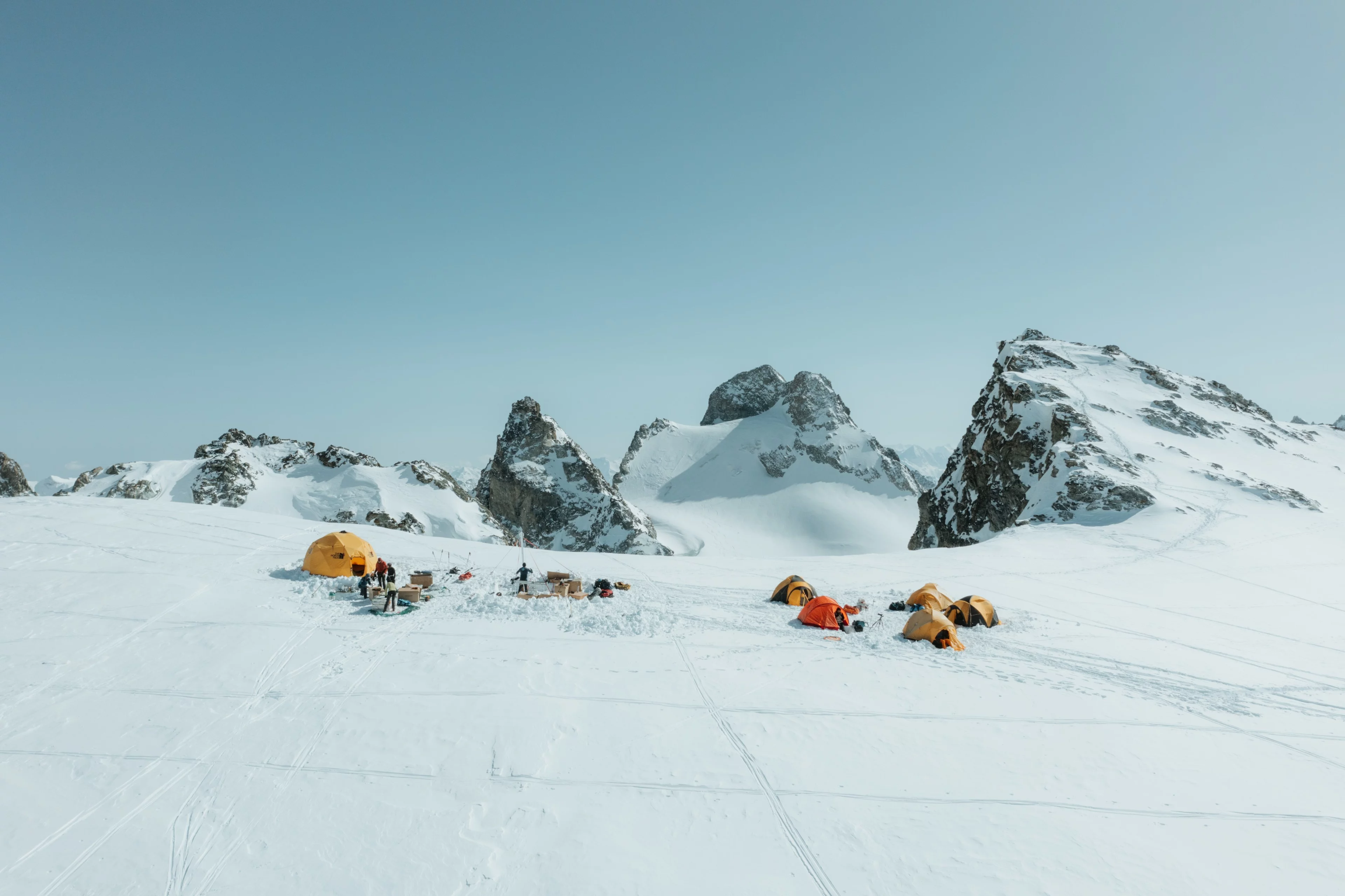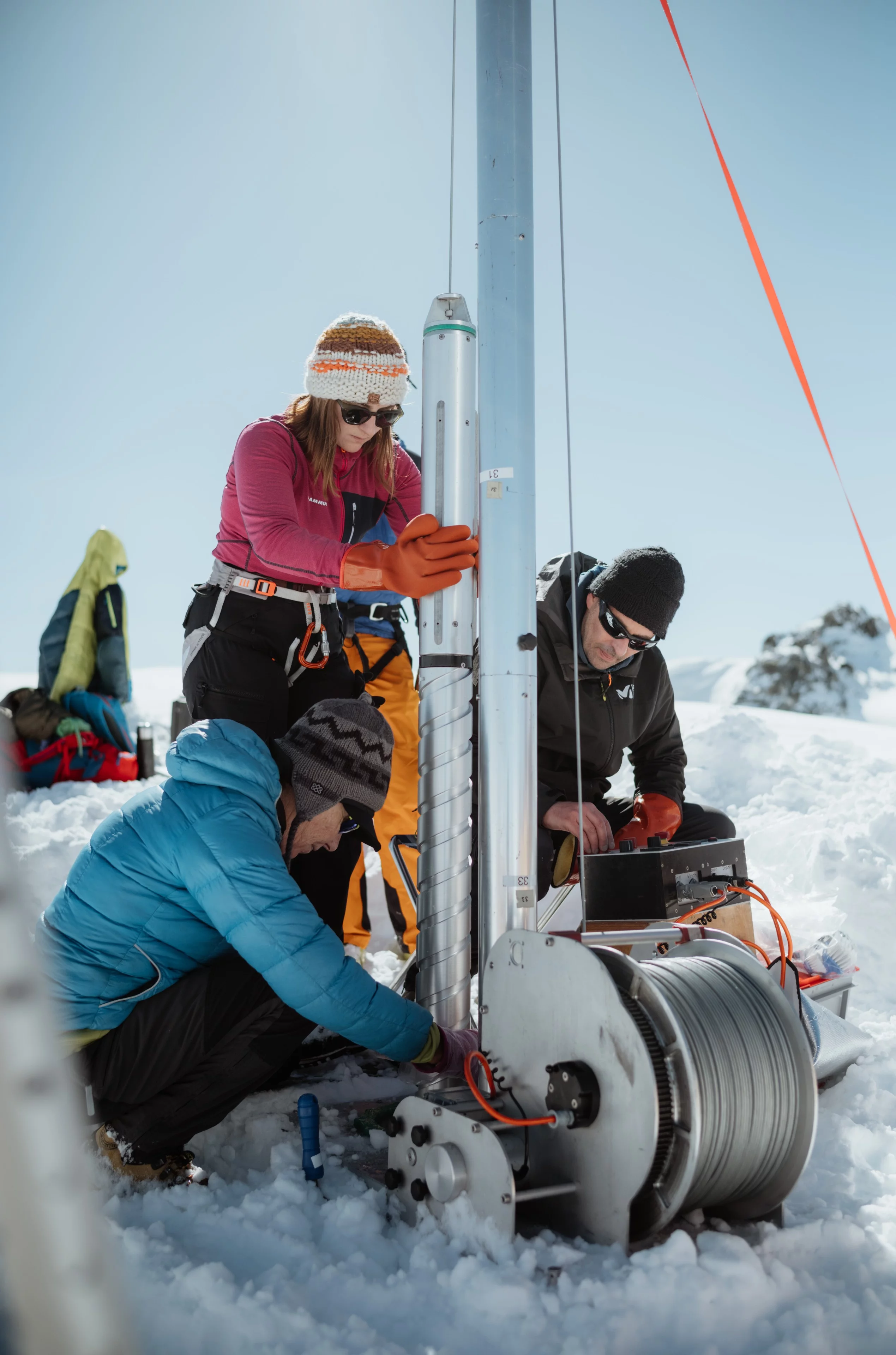Content and aim of the research project
Our overall aim is to investigate whether the current and projected state of glaciation in the European Alps is unprecedented within the last 10,000 years. Since this is largely unknown, especially for altitudes above ~3000 m above sea level, we will determine the age of the oldest ice in selected Alpine glaciers located above these altitudes using various dating methods - for example, radiocarbon dating of carbonaceous suspended dust particles embedded in the ice.
Scientific and social context of the research project
The information obtained from our project in the past enables a better understanding of the relationship between glacier extent and climate conditions. It is also a valuable benchmark to increase the accuracy of the glacier models used for forecasting. This is the basis for implementing effective glacier protection measures on the one hand and, in addition, for developing sensible strategies to guarantee the supply of fresh water and energy in Switzerland and Europe in the future.
Team
Scientific Abstract
At present, about 3500 glaciers exist in the European Alps. They play an important role in the hydrological cycle with large economic significance not only on the local scale. They act as reservoirs of fresh water supply through river runoff, are an important factor in the renewable energy production as a source of hydroelectricity, and forming unique landscapes and recreational possibilities are of great importance for the touristic sector. Recent modeling studies of future glacier-extent project that with the expected changes in 21st century climate conditions, about 50% of the present day glacier volume will be lost by 2050. By 2100, depending on the warming scenario, about 70-95% may have disappeared. Whether the current and projected future state of deglaciation is unprecedented within the Holocene, with reconstructions indicating close to present day temperatures during the Holocene Climate Optimum (~9-5 kyrs BP) for certain parts of Europe, is a major scientific question. To ensure sustainable development in a warming environment, high reliability and small uncertainties in future projections are fundamental. Currently, uncertainties in modelling future glacier extent partly arise from challenges in adequately implement changes in ice dynamic behavior under warming climate conditions (e.g. increased flow velocities, bedrock sliding and meltwater infiltration). Information from the relation of past glacier extent and climate conditions could provide a valuable benchmark for model calibration and validation.
SNSF Grant Info can be found at: Onset of Neoglaciation in the Alps – assessing Holocene minimum Alpine glacier extent (snf.ch)






